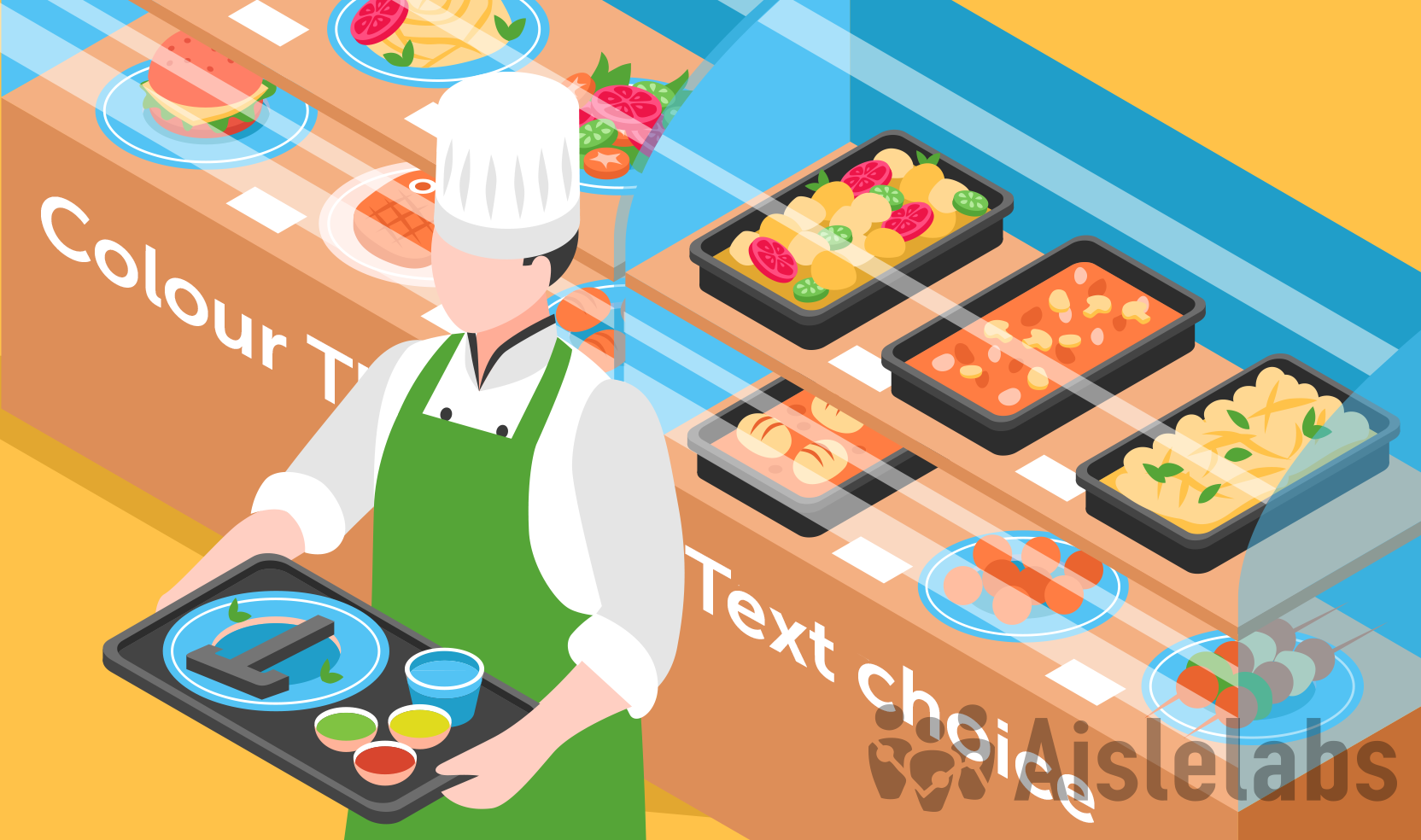In part one of this series on menu design for restaurants we covered how to decide what items and meal option you should place on your menu. Part two began the process of how to rough in your menu and how to choose where to place your items and whether you should use images or not to attract a patron’s eye.

We’ll wrap all of this up in this final part. Here we’ll cover more specific strategies for your menu design.
What to Write
It’s not just what the menu looks like, but the descriptions as well. The difference between a “Steak” and a “Tender New York Steak” is huge. Words that conjure up flavour such as “succulent” and “tender”—or nostalgic like “traditional” and “homestyle”—paint a picture in your customers’ minds. Follow that up with an equally as appetizing description of the meal is like “juicy strip steak grilled to perfection and served with hand-cut frites” goes much farther than “steak with fries”.
Another quick point about descriptions is regarding the price. A great way of softening the price is by leaving out the dollar signs completely. People typically spend more at restaurants that don’t include the dollar sign or the word “dollars” on the prices. It reduces the pain point of spending money.
Typography
Choosing the right font is an incredibly complicated subject in its own right. However, a simple rule of thumb is using a font that goes well with your branding and the atmosphere of your restaurant. You may want to just use the same font you use for your branding. If choosing new fonts, a higher-end restaurant might want to use something a bit more cursive or a serif font that exudes class. A casual eatery, like a Tex-Mex restaurant, might want to use a more fun font. Also, don’t be afraid of bold typefaces which you should use for section titles and/or menu items. No matter which fonts you use, make sure they are legible and easy to read.
Colour
The use of colour could fill a book but, once again, simply use colours that compliment your branding. If you have a logo that already features orange and blue, for instance, you should use those colours on your menu. Bright and warm colours are usually psychological indicators for food and hunger so you may want to stick to that colour palette rather than cooler colours like blue or purple—unless those cold colours go with your branding. Be careful with which shades of yellow or green you might use as these colours can seem sickly so be sure to get proofs from your printer before you commit.
These are all the things you should look for when designing a menu for your restaurant. A final thing you should do when designing your menu is make an inspiration board. Collect as many menu designs that you like as possible— whether googling images or taking pictures at actual restaurants— to use for ideas. Armed with all of this, along with the information from part one and part two, you are all set to create a great looking menu!








